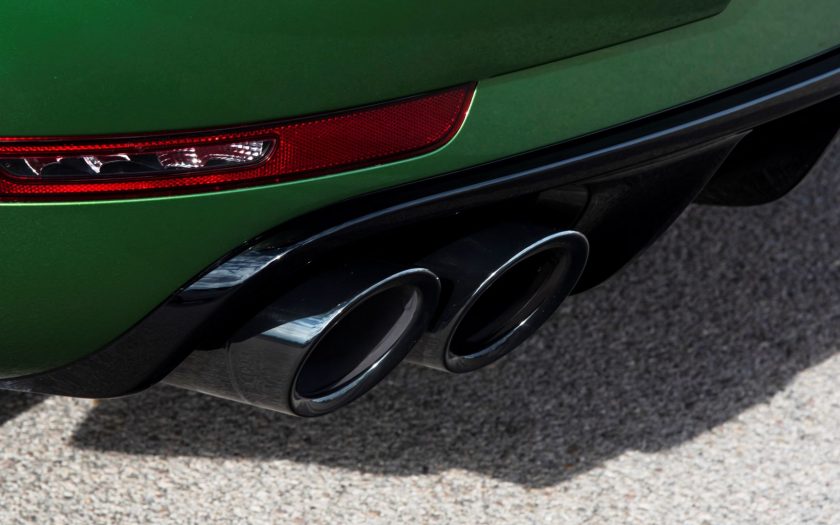CATALYTIC CONVERTERS ARE FITTED to modern cars since around the mid-70s to reduce emissions. They convert pollutants such as nitrogen oxides into less harmful emissions through a catalyst process.
The problem is, inside the casing (that looks like a small muffler) is a ceramic structure coated in precious metals such as platinum, palladium and rhodium. It is these valuable metals that are attracting the attention of thieves. The price of rhodium has skyrocketed, most recently sitting around $14,500 an ounce ($466.19 per gram). Platinum is worth more than $1295 an ounce ($41.66 per gram) and palladium nearly $2700 per ounce ($86.37 per gram).
The problem is currently most prevalent in the US, but is sure to appear here in Australia. Seattle in Washington State reports an average of six catalytic converter thefts every day. Tulsa Oklahoma last year discovered that its five blood drive vans had been attacked.
The US National Insurance Crime Bureau reports a nearly tenfold increase in thefts since 2018, with more than 14,000 being removed in 2020.
For the unfortunate victims, replacement is an expensive exercise. Expect to pay anywhere from $300 to $3000, depending on the make and model of car you drive. Typically, replacement is around $1500, with the majority of that being for the catalytic converter itself.

What vehicles are targeted?
Thieves in the US are targeting the Toyota Prius, trucks and SUVs.
Prius vehicles older than 2009 are the prime target because their catalytic converters contain more precious metals. Pick-up trucks and SUVs are targets for a completely different reason: their high ground clearance makes it easy for a thief to slide under a vehicle with a saw and not have to bother with jacking the vehicle up to get access.
What are the signs that your catalytic converter has been stolen?
Oh, you’ll know!
With the cat removed, your exhaust system dumps straight into the open air, before the exhaust gases have passed through any mufflers or resonators. The noise will be horrendous.
Secondly, the engine light on your dash will probably illuminate. If the cat is missing, the O2 sensors have probably gone with it, or they won’t be able to read the emissions, so the “check engine” light comes on.
Take a quick look underneath the vehicle and if the cat has been removed, the missing section of your exhaust should be immediately obvious.
What can I do to avoid becoming a victim?
The first and most obvious thing is to park somewhere secure.
If you can’t park in a locked garage or secure parking area, park somewhere well lit.
If your vehicle is parked in a driveway with street access, or on the street itself, consider installing motion-sending exterior lighting and security cameras visible from the street.
Finally, you could install a catalytic converter security device. It’s an extreme measure, but these plates and cables are a visual deterrent to thieves who will probably look for easier picking elsewhere.
